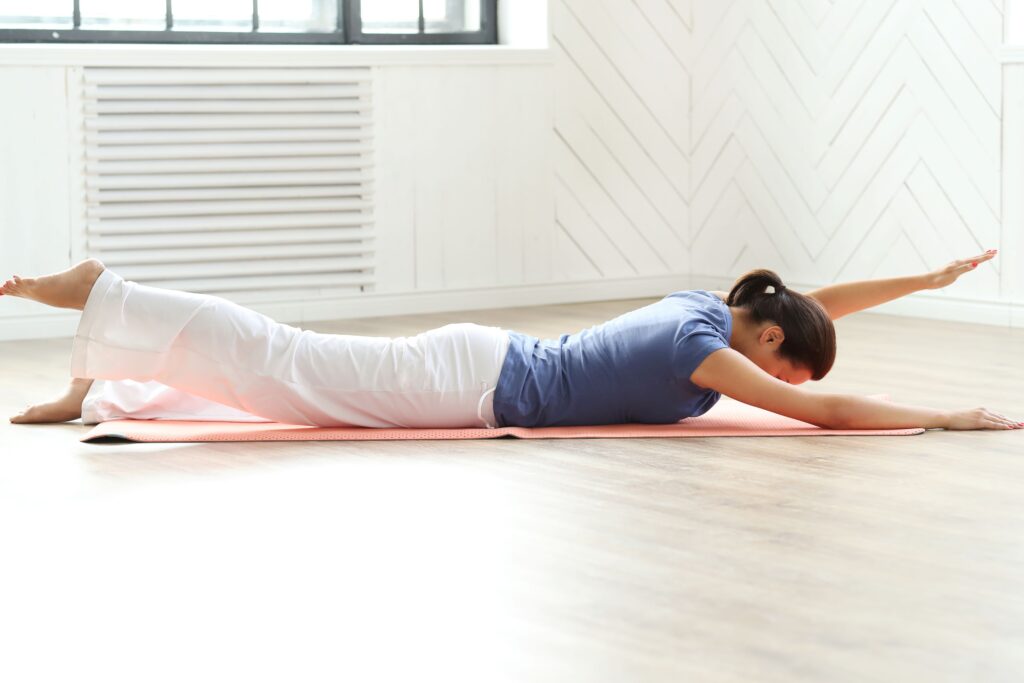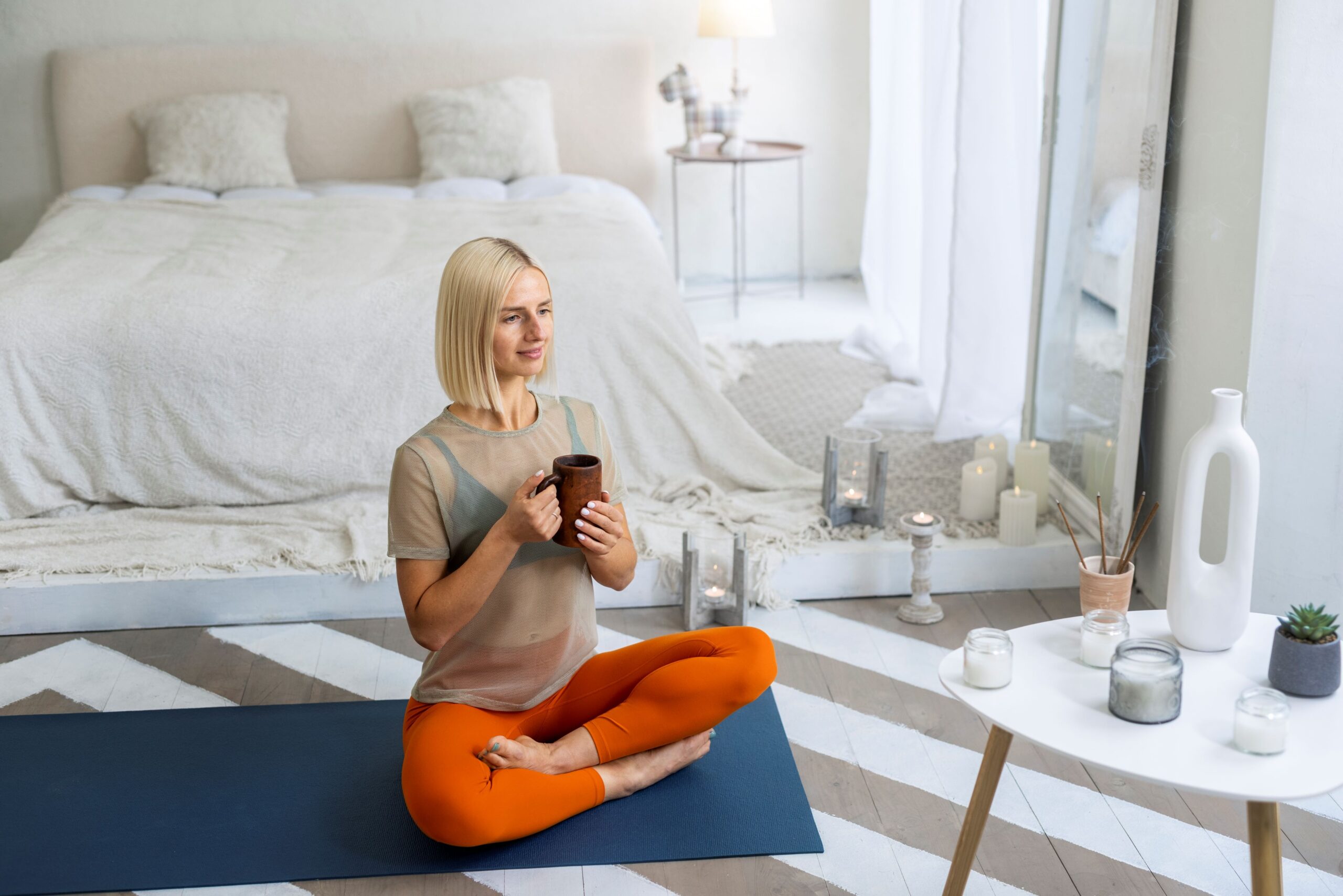Swimmers Exercise — My Take
The core is important because it is the foundation of your entire body and needs to be strong to help fuel all other aspects of fitness, stability, and injury prevention. Swimmers are a great exercise to work the lower back and core. This exercise mimics swimming and works many muscles simultaneously, so it is an excellent workout for the back or your core. This article discusses the swimmers exercise, the muscles used, how to perform it, and how to incorporate it into your fitness program.
Why the Swimmers Exercise Matters
Lower Back Stabilization:
The lower back is incredibly important in good posture and avoiding lower back pain, which affects 70% of people at some point.
Core Stability—This exercise is designed to work the core area, including the obliques and the transverse abdomens (TrA), the deepest of the 6 abdominal muscles crucial for stability/balance.
Providing Functional Fitness Benefits:
Swimmers simulate real-life movements and provide functional fitness benefits, making physical chores easier.
Prevention of Injury:
Strengthening the lower back and core muscles helps avoid possible injuries, especially spinal and the lower back.
Muscles Involved
Swimmers hit major muscle groups.
Erector Spinae – The erector spinae muscles go up the back vertically and extend/rotate the back.
Glutes ‘ Gluteus maximus — the big muscle in your butt that assists with hip extension and stability.
Hamstrings—These muscles are located at the back of the thigh and help with hip extension and knee flexion.
Deltoids — The shoulder muscles in movement during arm and shoulder movements, such as pushups (chest presses), overhead presses, shoulder flexion, etc.
Latissimus Dorsi – The big muscles in your back that assist with shoulder extension & adduction.
Supporting Muscles (the rectus abdominis, obliques, and transverse abdominis), core muscles work to stabilize and support the spine.
How to do Swimmers
Executing swimmers properly is vital to reap all its benefits without any injuries. Follow these steps:
BEFORE: Lay on your mat face down, arms extended above the head in an aqua man position. Your forehead should touch the mat lightly.
Tighten Your Core: Forcefully pull your belly button towards your spine so you feel it tighten up. Doing this will stabilize your body as you perform the exercise.
Opposite Arm and Leg Lift: Keep your left arm on the floor and lift your right arm and left leg simultaneously. Straighten your arm and leg and raise them as high as possible without adding strain to your lower back.
Keep it: Hold your lower back and glutes tighter for a few seconds.
Lower and Switch: Lower back to the starting position—aim for a controlled effort, not just dropping! Do the same thing now with your left arm and right leg.
Reps: 10–15 reps per side for 2–3 sets
Tips for Proper Form
Maintain Controlled Movements: Do not make quick or jerky movements. Do the exercise slowly and controllably to work the muscles hard.
Neutral Spine: Attempt to keep your spine neutral throughout the exercise. Don’t arch excessively.
Breathe Slowly: Keep taking deep, even breathing. Take a deep breath as you lift your arm and leg, and exhale as you bring them back down.
Advantages of doing Swimmers
Swimmers enhance the benefits of a well-rounded fitness routine:
Improved Lower Back Strength: Regularly doing this exercise also helps to greatly strengthen the lower back muscles, decreasing the chances of experiencing lumbar back pain and injuries.
Better Core Stability: A strong core is needed for balance and stability in sports and everyday activities.
Better Posture: The stronger the lower back and core muscles, the better the chance of good posture. This reduces pressure on the spine and improves overall posture.
Improved Functional Fitness: Training the swimmers’ movement patterns enhances functional fitness and makes everyday actions more effortless and efficient.
Prevent Injury: Strengthen core lower back muscles to help avoid both spinal and undesirable muscle imbalance depreciation-related injuries.
Improved Athletic Performance — A powerful core and lower back greatly enhance athletic performance by providing the stability and strength needed in most sports and physical activities.
Conclusion
Swimmers / Lower back and Core workout: Swimmers are one of the best lower back exercises that are beneficial in many ways, including strengthening your lower back and core, improving posture, and preventing the risk of injury during other exercises. Adding this exercise to your workout routine can improve your functional fitness and allow you to enjoy a healthier and more active lifestyle. Make sure to perform the movement safely and effectively, and consult a fitness professional if you have questions or need more guidance.






